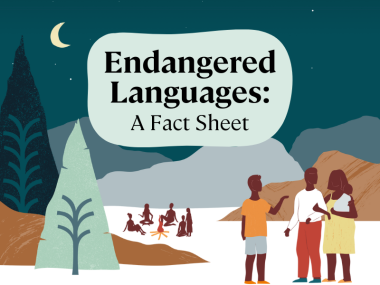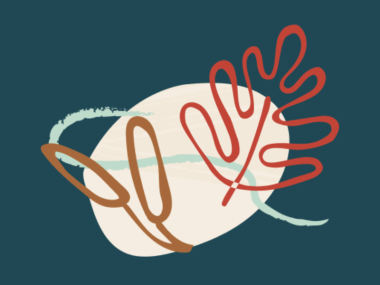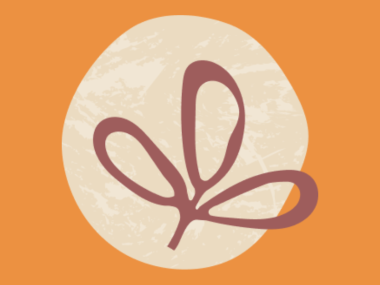This guide offers concrete, useful suggestions about ways to strengthen Indigenous languages in everyday life across diverse groups of society and the particular ways that each group might contribute to the overall goal of strengthening Indigenous languages as languages of everyday use. With a focus on Elders, parents, children, and educators, the guide suggests that other groups, like communities, schools, education agencies, linguists, and the media can also play a role in supporting Indigenous language use in meaningful ways. Its nine sections address the specific roles of Elders, parents, language learners, communities and organizations, educators, schools, education agencies, linguists, and media producers, with a final section offering general recommendations.
By paying attention to the specific ways that each group of society included in this guide
might make a difference and have an impact in promoting and strengthening the use of Indigenous languages, it offers many positive ways that individuals and groups can be involved and have a role to play, no matter how big or small, in the revitalization and strengthening of Indigenous languages. These guidelines are meant to “promote the daily use of Indigenous languages throughout Alaska and that our educational institutions will support us in perpetuating our languages” (p. 2).




